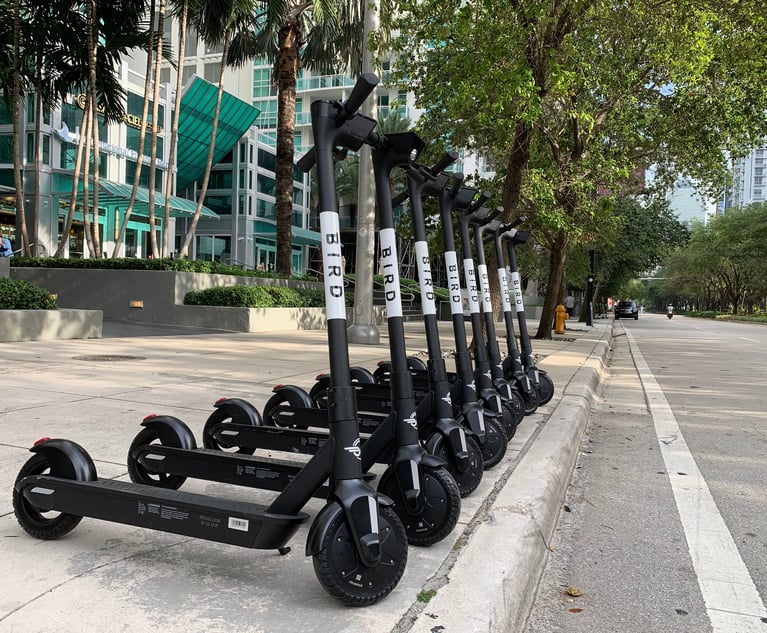In this new era of personal injury “nuclear verdicts” that far exceed policy limits, insurance companies are searching for protection. The underutilized offer of a “high-low” agreement provides that protection. A “high-low” agreement is in fact a conditional settlement. When a jury renders a verdict, this condition is triggered and the “high” or the “low” (or a number in between) becomes binding upon the parties and is considered a settlement.
Definition
A high-low agreement is simply an agreement in which the parties stipulate that, regardless of the jury verdict, the plaintiff will either receive the low amount, the high amount or an amount in between these two numbers. For example, if the parties agree to a high-low of $1 million/$100,000, then plaintiff will still receive the low of $100,000 if a defense verdict is rendered. If the verdict is $3 million, or any amount above the “high,” the defendant will only have to pay the $1 million. And, if the jury returns a monetary award between these two numbers, say $500,000, then the plaintiff will receive that amount. High-low agreements must be in writing or made in open court on the record.


 Andrea M. Alonso and Kevin G. Faley
Andrea M. Alonso and Kevin G. Faley




